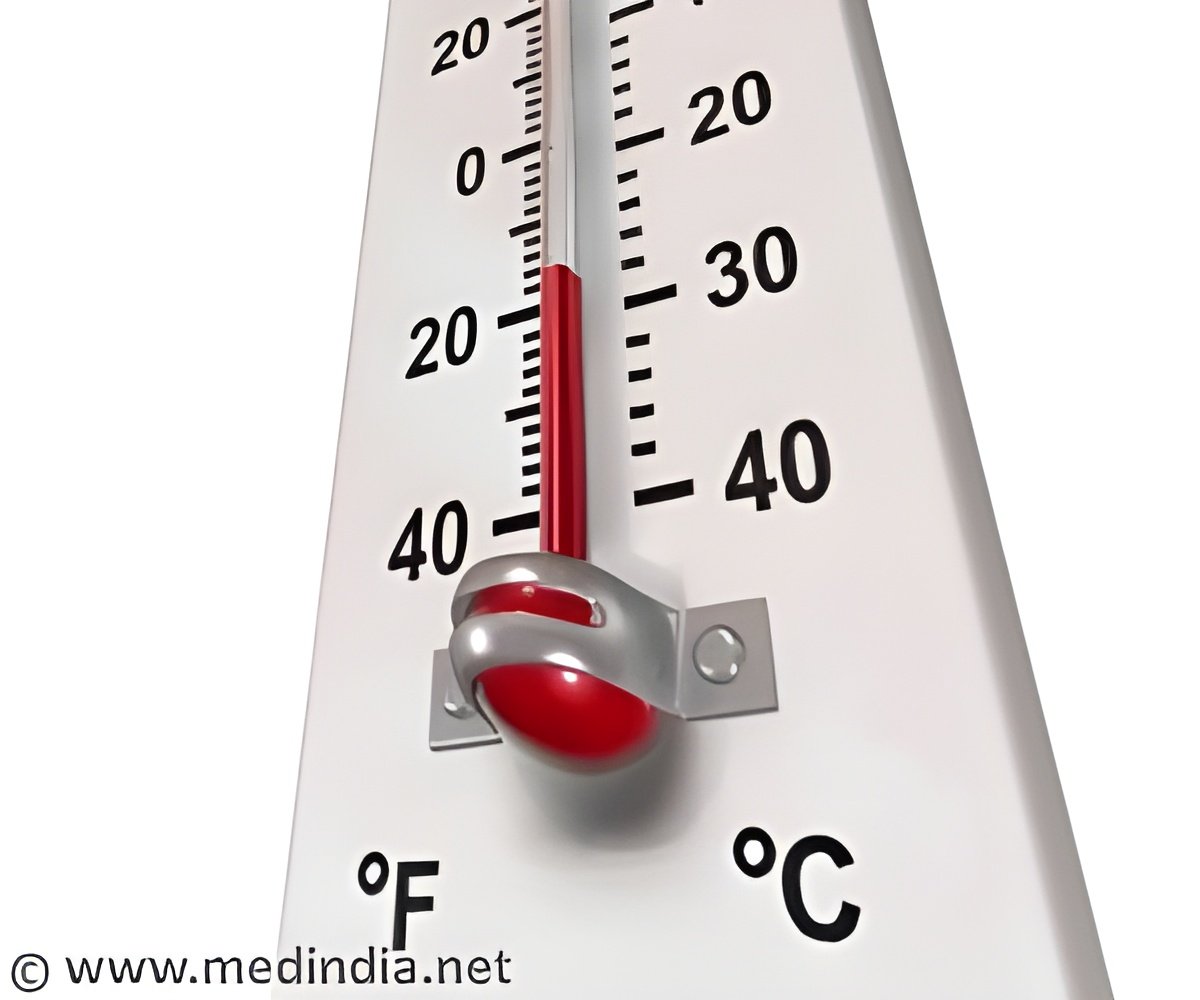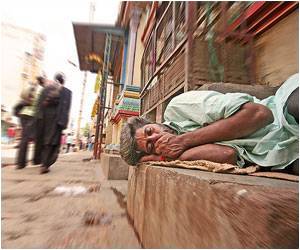
‘While fog holes are observed globally, the largest frequency and extent of fog holes is observed over Delhi.’
Tweet it Now
Dense and polluted fog in the Indo-Gangetic Plain blankets northern India, Pakistan, Nepal and Bangladesh every year during the winter months, severely disrupting air, rail and vehicular transportation. Using 17 years of data from NASA’s MODIS satellite, researchers Ritesh Gautam, formerly Professor at IIT Bombay and now a scientist with the US Environmental Defense Fund in Washington, and Manoj Singh of the University of Petroleum and Energy Studies in Dehradun, have derived a long-term climatological distribution of fog occurrences in Asia, Europe and the US.
"We found fog holes globally but the largest frequency and extent of fog holes is observed over Delhi," Gautam told this correspondent.
According to the report, "a strong statistically significant correlation" was found between urban heat islands and fog hole area over multiple fog-prone cities in the Po valley (Milan/Italy), North China Plain (Beijing, Tianjin) and California’s central valley.
"The extent of fog holes appear highly correlated with city populations in fog-prevalent regions of Asia, Europe and the US and we find the largest extent of fog holes over Delhi," says the report.
Advertisement
The study found more than 90 occurrences of fog holes over Delhi during the winter months. An analysis of eight-year data (2009-2016) found that fog holes were the most frequent over Delhi with their formation in as many as 55 days during December-January.
Advertisement
"Urban heating seems to have already amplified the long-term fog decline in Europe and US and should be assessed over regions undergoing urban expansion, including India, where no previous linkages are reported between urban heating and fog."
The finding of fog holes contributes in general to the better understanding of fog dynamics over urban heat islands globally, but specifically over Delhi, where the air quality is at its worst in winter, impacting public health, the report says.
In addition to Delhi, in the Indo-Gangetic Plains, fog holes also appear frequently over Lahore, Amritsar, Jalandhar, Ludhiana and Patiala, says the report.
Satellite data analysis showed that 24-32 fog holes were formed over these five cities which are "urban hot spots distributed amidst green vegetated cover in Punjab".
According to the authors, this is the first study showing direct impact and evidence of urban hotspots on fog globally and specifically over Delhi.
The authors suggest that links between urbanisation and fog dynamics and its frequency should be assessed "to help better understand the relationships between fog, air pollution and urbanisation as well as help advance development of fog forecasting capabilities".
"In addition, our findings will also provide key information to the air/rail/vehicular transport sector in terms of timing and processes of fog dissipation," they add.
Source-IANS








